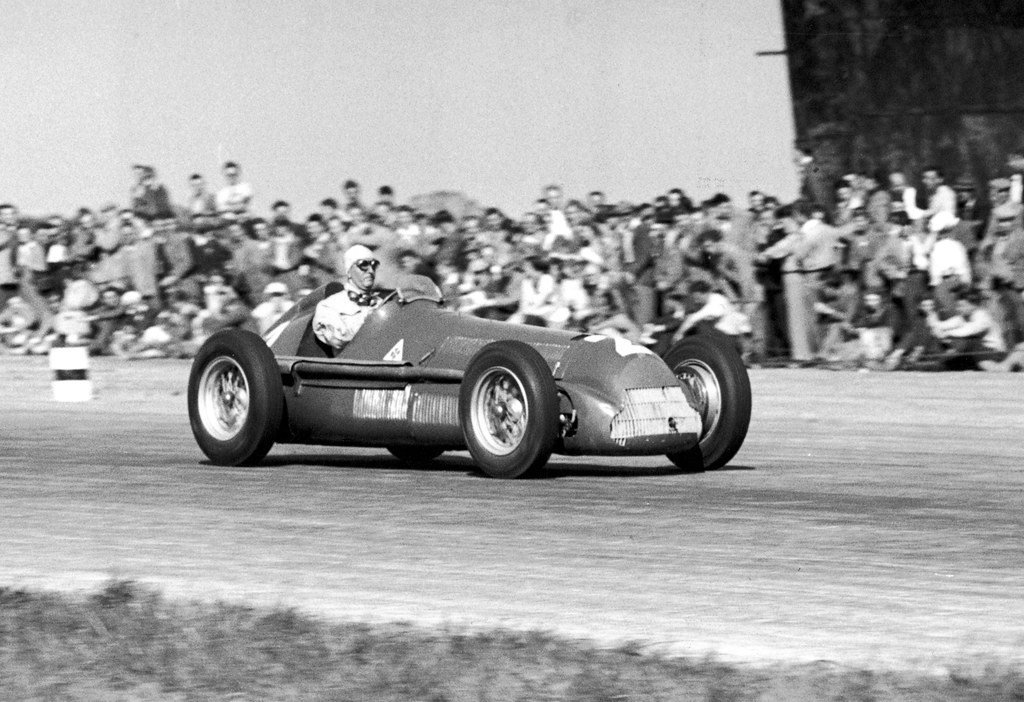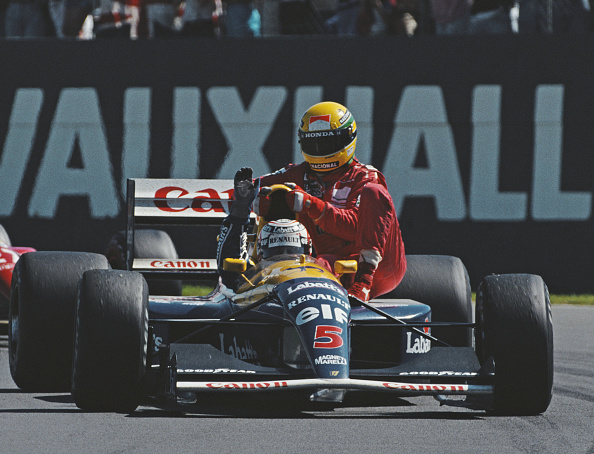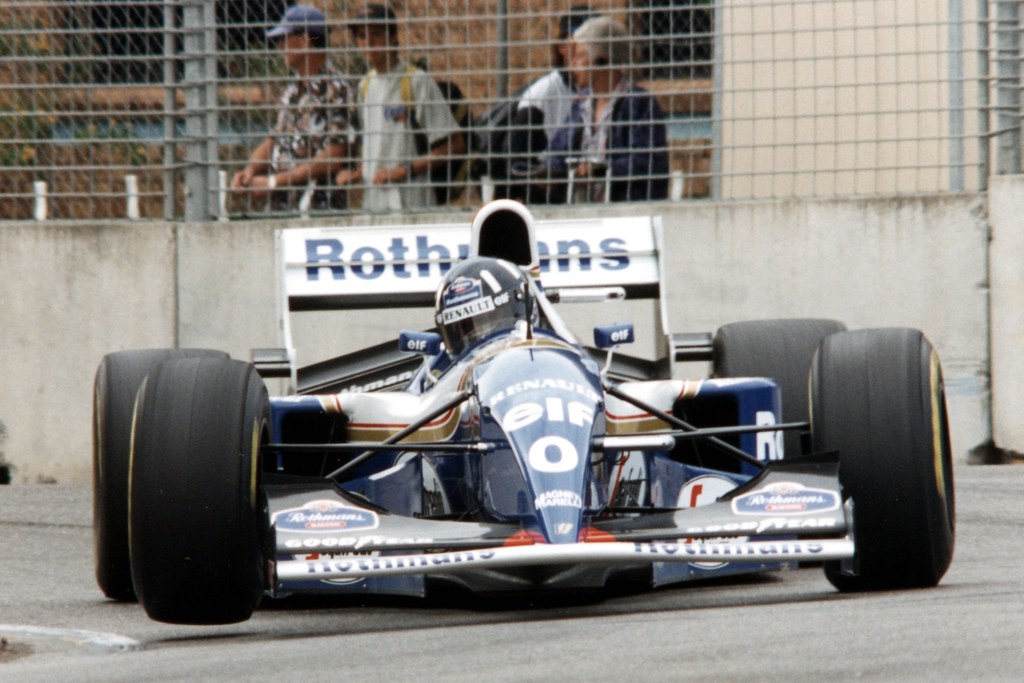Origins as an RAF Airbase
The land where Silverstone Circuit sits today was originally RAF Silverstone, built in 1943 as a World War II airbase. Stationed here was a training unit that prepared Wellington bomber crews for night missions. At the end of the war when Silverstone was deemed surplus, the airbase fell into disuse for several years with its multiple runways and perimeter tracks left abandoned.
The First Races
It didn’t take long for Silverstone’s potential as a racing circuit to be realized. The first unofficial races were held in 1947 by local driving enthusiasts who staged impromptu speed trials along the deserted runways and taxiways. This led to the Royal Automobile Club beginning their search for a permanent motor racing venue, with Silverstone selected for its ideal expanses of tarmac.
The 1948 Grand Prix
The first ever Grand Prix at Silverstone took place in October 1948 on a layout that made use of the main runways and perimeter tracks. Competitors raced headlong towards each other at top speeds where the runways intersected – with only canvas screens put up to prevent them seeing the impending possibility of a high-speed crash!
Against all odds this inaugural event was considered a success, cementing Silverstone’s reputation as the home of British motorsport. A more secure Grand Prix layout using just the perimeter tracks followed in 1949.
The Early Formula 1 Years
Silverstone holds the distinction of hosting the very first Formula One World Championship race in May 1950, witnessed by King George VI – the only British Grand Prix attended by a reigning monarch. This historic race was won by Giuseppe Farina for Alfa Romeo after a close battle with Juan Manuel Fangio.
During the 1950s, races were dominated by Ferrari, Maserati and Mercedes drivers like Alberto Ascari, Stirling Moss and Fangio. As fame grew, spectator facilities gradually improved though the circuit itself remained largely unaltered. Stable ownership eventually came in 1952 when the British Racing Drivers’ Club (BRDC) took control of Silverstone through a lease agreement with the Air Ministry.

Safety Developments
It took two accidents in the old open-face pits before more secure facilities were installed in 1964. The BRDC also acquired rights to all land within the circuit boundaries in 1961, enabling future development. Continuing safety demands led to further changes in 1975 including a new chicane at Woodcote to slow cars before the pit straight.
The High-Speed Era
During the late 1970s and 1980s, F1 cars got ever quicker thanks to turbocharged engines and relentless aerodynamic development. Despite chicanes added for safety, average race speeds climbed higher each year. The 1985 British Grand Prix saw a record 160 mph qualifying lap from Keke Rosberg, triggering urgent demands for more slow corners.
Major Track Upgrades
After missing 1986-87, Formula 1 returned in 1988 to remodelled corners at Copse and a new complex linking Woodcote and the pit straight. Further revisions followed in 1991 with a complete reworking of the fast sweep through Maggotts, Becketts and Chapel curves. Abbey was also tightened while the iconic Bridge corner was eliminated altogether.
More changes came after 1994 including further run-off enhancements at Copse, a slower Stowe Complex and a new chicane at Abbey. This led to the introduction of several new infield course layouts during the mid-1990s that offered greater versatility.
Securing the British Grand Prix
A significant redevelopment took place for 2010 aimed at retaining Formula 1, which had considered leaving for Brands Hatch or Donington Park. The landmark £5m ‘Wing’ complex brought new pits and paddock facilities, and a modified track layout incorporating a new arena section infield.
After Donington’s failed attempt to take over the British Grand Prix, the future at Silverstone was secured in 2010 with a 17-year deal to host the race. Following further investment, this contract has now been extended even further to keep Formula 1 at Silverstone until at least 2034.
Memorable Silverstone Victories
Nigel Mansell’s First Win – 1987
Nigel Mansell took his first sensational home victory in 1987, passing rival Nelson Piquet for the lead just three laps from the finish. After dominating the race, Mansell’s Williams ran out of fuel post-race leading to chaotic celebrations as fans mobbed his stationary car. The British driver barely managed to roll his car, but the fans surrounded him instantly, which led to one of the most iconic moments on the Silverstone circuit.
Senna Gets a Lift – 1991
In 1991, Ayrton Senna also ran out of fuel on the last lap while chasing a dominant win for Nigel Mansell. The Brazilian managed to coast back round to the pits but had tumbled down the order to fourth. After celebrating his victory for Williams, Mansell memorably gave the stranded Senna a lift back to the pits on his sidepod. On track, they were rivals, but as soon as the race was finished, Mansell proved that F1 was still a gentlemen sport, and helped his rival get back to the garage

Hill Emulates His Father – 1994
There was redemption for Damon Hill in 1994, taking an emotional victory in a race his father Graham failed to ever win. Schumacher was disqualified afterwards following a controversial black flag, but this could not deny Hill his one and only home success.

Hamilton’s First Win – 2008
Lewis Hamilton took his debut Silverstone win in 2008, mastering wet conditions to finish over a minute clear of the field. This outstanding drive was the first of eight British Grand Prix victories that make Hamilton the most successful driver at the Silverstone circuit.
Hamilton’s three wheel finish – 2020
During the 2020 British Grand Prix, many drivers struggled with punctures at the closing stages of the race. Most of them, barely limped to the pits, and after the tyre change came back to racing, but were far off from contention. Seeing the problem, Red Bull decided to change tyres for Max Verstappen, as he was behind Hamilton, and had no chance of catching up, but risked dropping further down in case of a puncture. The lead increased to 30 seconds for Hamilton, when on the last lap tragedy struck, and the British driver punctured his front left wheel. The lead started shrinking instantly, but despite driving only on 3 wheels, and limping to the finish line, Hamilton managed to clinch the race win in front of his home crowd.

Future of Silverstone
With its rich history dating back over 70 years, Silverstone today remains a firm fixture on the Formula 1 calendar that has been the scene of many great racing moments. Recently, Silverstone has extended it’s contract with Formula 1, and we will on the calendar until 2034. With 10 more years of racing on one of the most iconic F1 venues, we hope to witness new memorable stories, which will be remembered years later.

